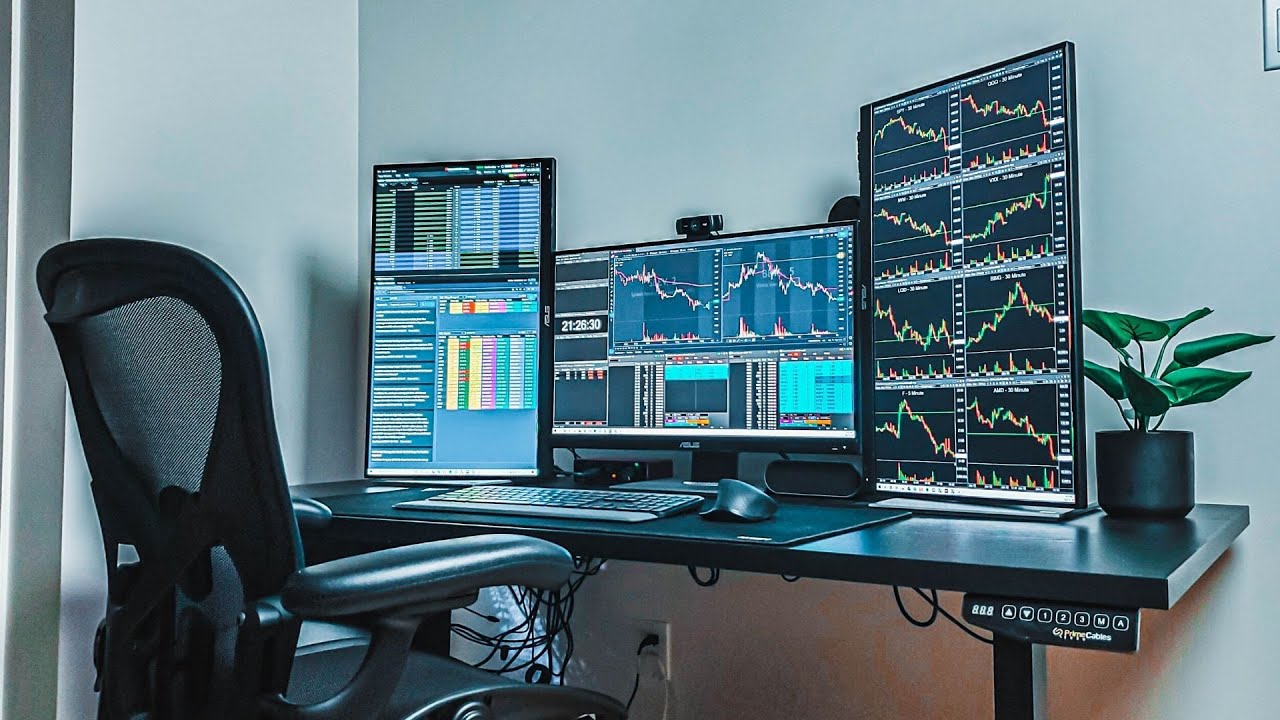
Unlock Forex Trading Success with Our Beginners Guide to Forex Book + A Free Citrine Crystal & Bonus Indicators! (Indicator information available on content page)
Level up your trading journey with this powerful Forex Trading Book for beginners and intermediate traders, packed with clear insights into market analysis, candlestick patterns, and how to navigate the forex market with confidence. This easy-to-follow guide is perfect for those looking to understand the core elements of trading and build a strong foundation in the foreign exchange market.🌟 EXCLUSIVE OFFER: Every purchase includes a FREE natural citrine crystal, known as the Stone of Success—believed to attract wealth, confidence, and positive energy for traders and entrepreneurs.🔍 BONUS Visual guides for candlestick pattern recognition📘 Ideal for MetaTrader users, aspiring forex traders, and those ready to take control of their financial future. Get the knowledge, tools, and energy to transform your trading. Order now and receive your free citrine crystal!
Support Morning Star and Sign up with TradingView through our affiliate link!! TradingView is the industry standard charting platform for traders and investors who analyze the forex, stock and other financial markets. Note: Morning Star recieves compensation through an affiliate program from Trading View https://www.tradingview.com/?aff_id=152709

About Us
Morning Star is more than just a beginner’s guide to forex—it’s a movement grounded in empowerment, education, and community. Created by DeAuco Lamar Francis, a dedicated martial artist and forex trader, this book was born from a passion to make financial freedom accessible to everyday people. We believe that everyone deserves the tools to change their life, and we are committed to sharing practical knowledge, supportive resources, and uplifting stories. Whether you're just starting your trading journey or seeking a community that believes in growth and giving back, Morning Star is your light through the uncertainty. Our mission is simple: to inspire, educate, and elevate.
Tools To Help You On Your Journey

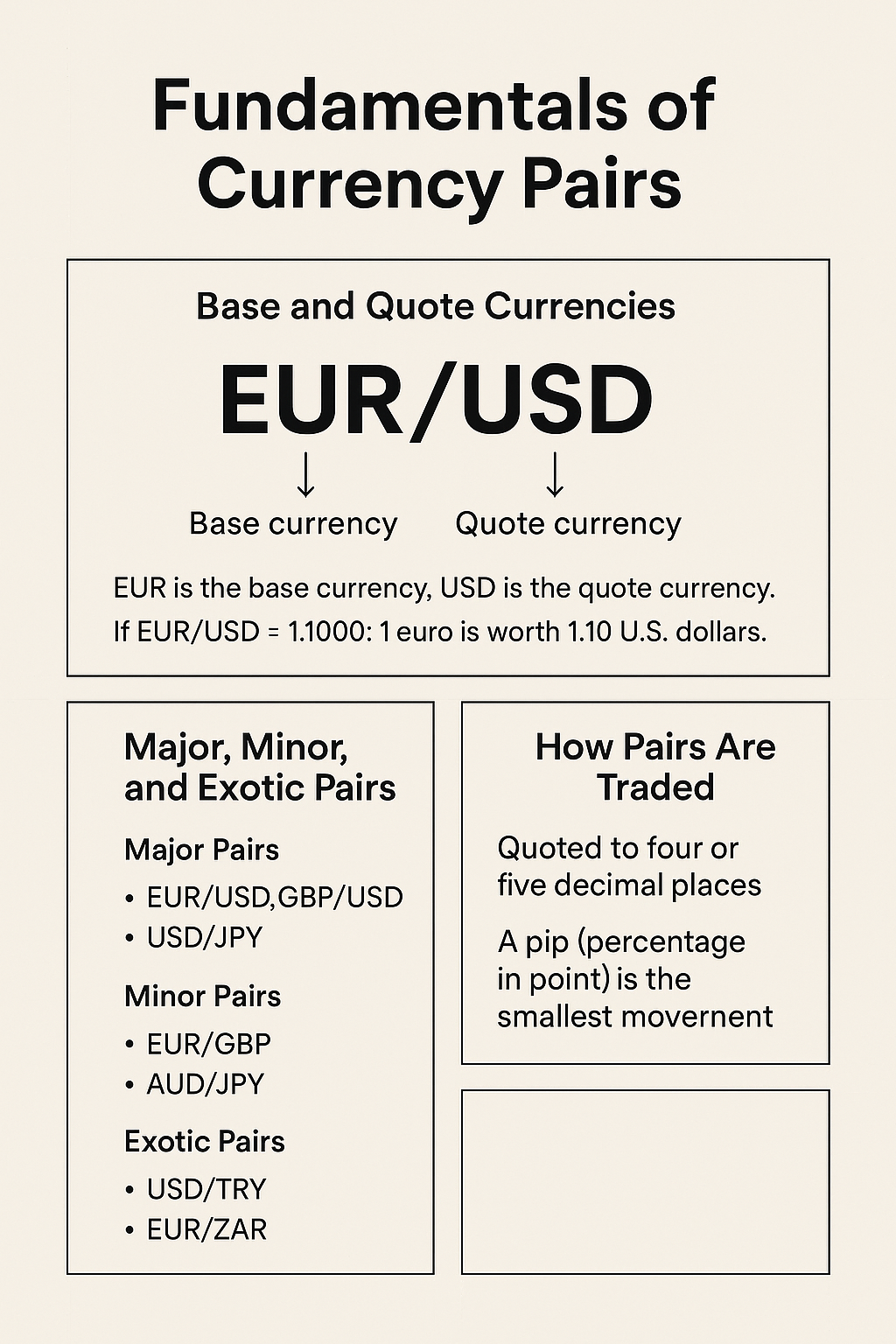
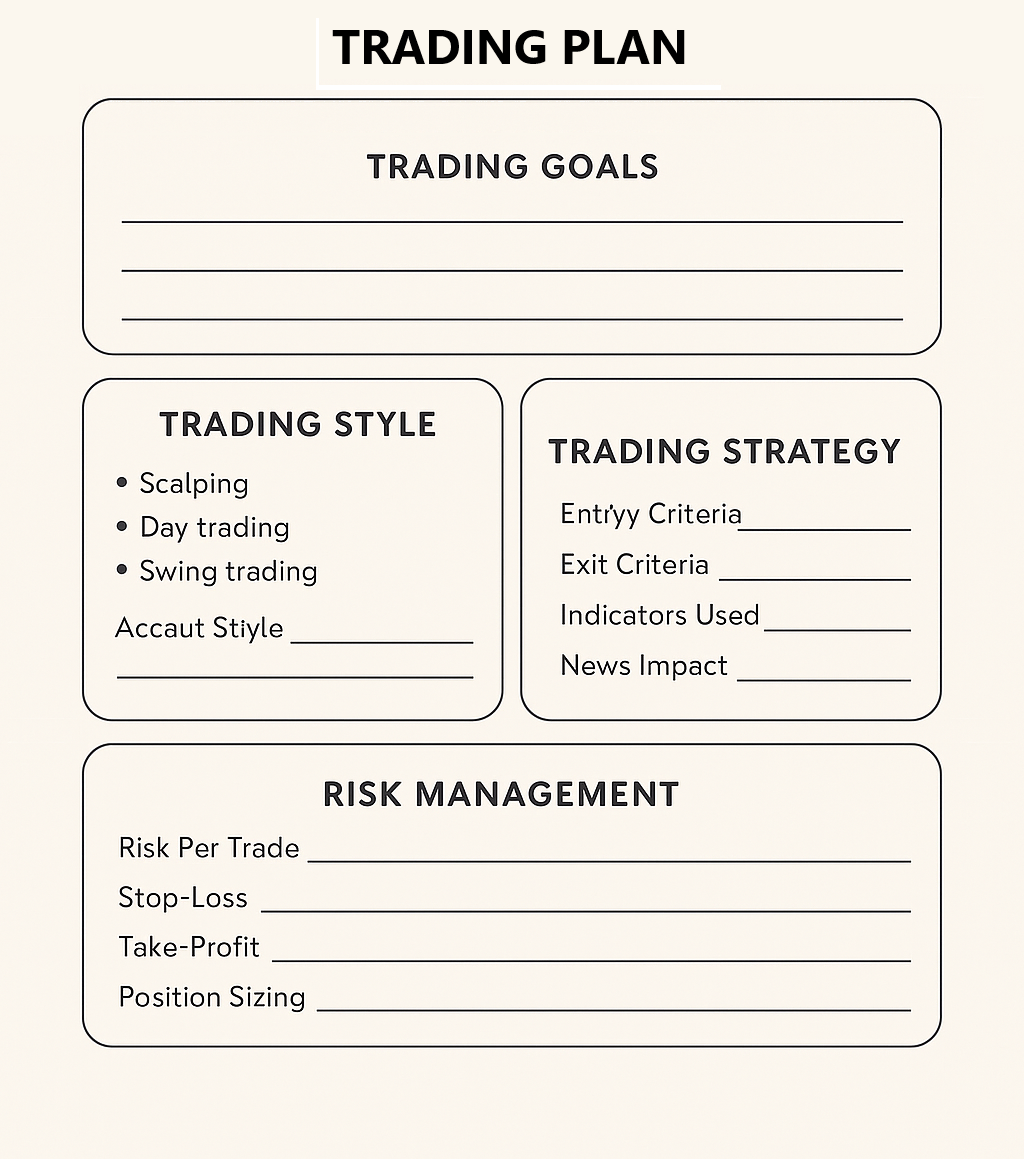
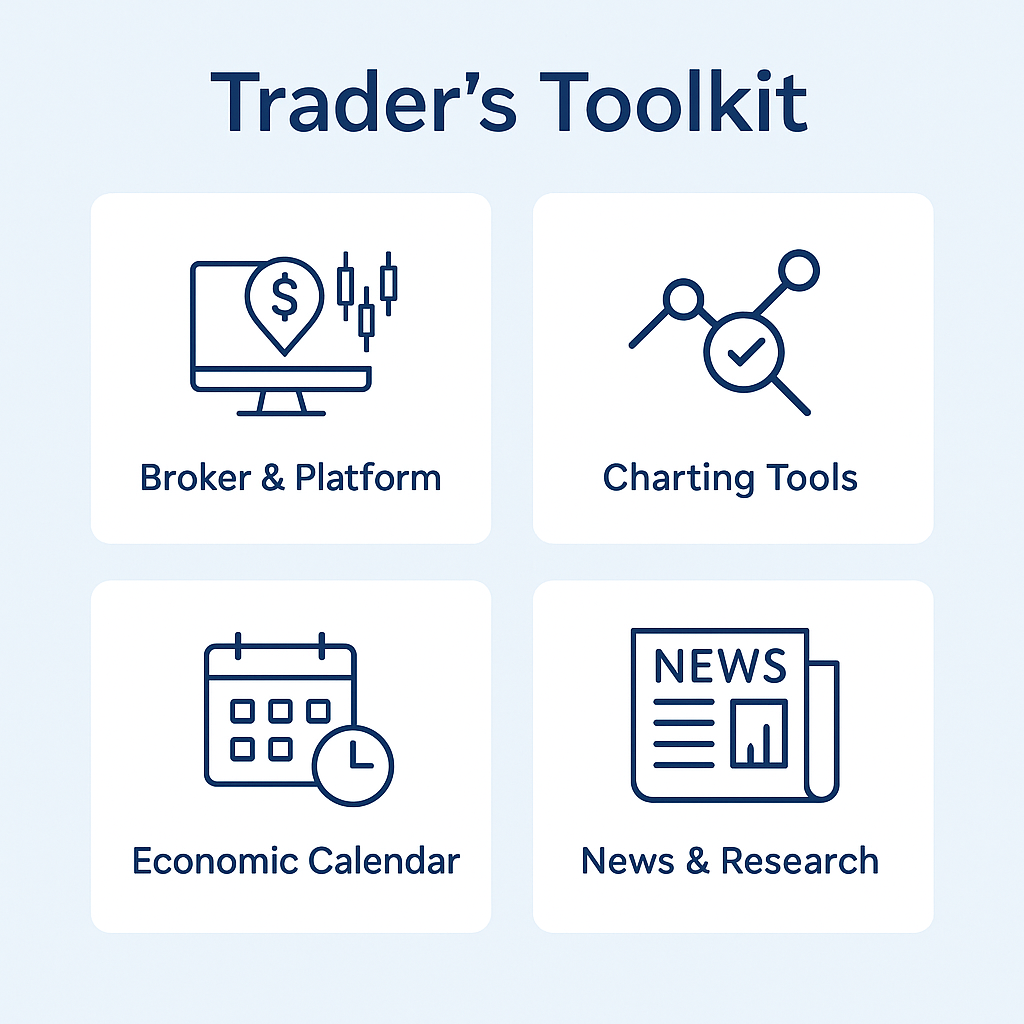
Brokers & Platforms
The Forex market offers a wide variety of brokers and platforms to suit different trading styles and experience levels. Here's a breakdown of some popular choices:
1. Brokers:
- FOREX.com: A popular broker known for its low spreads and diverse technical research tools.
- Interactive Brokers: Offers a wide range of products and low fees.
- Pepperstone: Known for its fast execution speeds and a wide variety of trading platforms.
- Oanda: A reputable broker with a strong research offering and user-friendly account opening process.
- eToro: Popular for its social trading and copy trading features.
- IG: A well-established broker with a first-class web trading platform and excellent educational resources.
- Charles Schwab: While primarily known for stocks and ETFs, Schwab also offers forex trading with outstanding research and customer service.
2. Platforms:
- MetaTrader 4 (MT4): The most popular platform globally for retail forex traders, known for its user-friendly interface and extensive charting tools.
- MetaTrader 5 (MT5): An upgraded version of MT4, offering more advanced features and support for a wider range of asset classes.
- cTrader: A popular platform with advanced charting and order execution capabilities.
- TradingView: A platform favored by advanced traders for its extensive charting tools and social networking features. Support Morning star by signing up with TradingView today through this affiliate link: https://www.tradingview.com/?aff_id=152709 Please note: Joining through this link will compensate Morning Star through an affiliate program. You will not be paying Morning Star directly through this link as Morning Star does not own TradingView. Morning Star is compensated by advertising the platform.
- Proprietary Platforms: Many brokers also offer their own platforms, such as Oanda Trade or FOREX.com, and WebTrader, which are often tailored to their specific offerings and target audience.
Choosing the Right Broker and Platform:
- Regulation: Prioritize brokers regulated by reputable financial authorities like the CFTC in the US or the FCA in the UK.
- Trading Costs: Consider spreads, commissions, and other fees associated with trading.
- Platform Features: Evaluate the platform's charting tools, order types, and automated trading capabilities.
- User Experience: Choose a platform that is user-friendly and intuitive.
- Customer Support: Ensure the broker offers responsive and helpful customer support.
- Education and Research: Look for brokers that provide educational resources and market analysis to support your trading.
Important Note: Forex trading involves significant risk and may not be suitable for all investors. Always conduct thorough research and consider your risk tolerance before trading. You can also start with a demo account to familiarize yourself with the platform and practice trading strategies without risking real money.
Charting Tools
Types of Forex Charts:
- Line Charts: These charts display the closing price of a currency pair over a specified period, making them useful for identifying overall trends.
- Bar Charts: Bar charts show the opening, high, low, and closing prices for a currency pair within a specific time frame, providing a more detailed view of price action.
- Candlestick Charts: Candlestick charts, also known as Japanese candlestick charts, offer a detailed representation of price changes over a time frame, including the open, high, low, and close.
Popular Forex Charting Tools and Platforms:
- MetaTrader 4 (MT4): A widely used platform known for its extensive indicators, chart types, and timeframes.
- MetaTrader 5 (MT5): Similar to MT4, but with enhanced trading functions, charting tools, and execution speeds.
- TradingView: A popular platform offering advanced charting capabilities, customizable indicators, and various chart types.
- cTrader: A charting platform with advanced features and tools for analysis and trading.
- OANDA: Offers an online forex charting platform with a wide range of indicators and customizable tools.
- FOREX.com: Provides advanced charting tools, including customizable timeframes and indicators.
- FX Blue: Offers analysis, apps, and live charts for forex traders.
- NinjaTrader: A platform popular among futures and forex traders for its charting and market analysis tools.
- StockCharts: Provides both paid and free forex charting software with interactive tools and historical data.
Important Considerations:
- Timeframes: Charts can display data from tick data to yearly data, allowing traders to analyze different timeframes.
- Technical Indicators: Numerous indicators can be added to charts, including moving averages, Bollinger Bands, and MACD, to help identify trends and patterns.
- Customization: Many platforms allow traders to customize charts with various indicators, timeframes, and chart types to suit their individual needs and trading styles.
- Economic Calendar: Tools like economic calendars provide insights into upcoming economic events that can influence currency markets.
Economic Calendar
An economic calendar in forex isa schedule that lists upcoming economic events and indicators that can influence currency values. These events are crucial for traders to understand as they can cause significant fluctuations in the forex market. By using an economic calendar, traders can anticipate market moves and adjust their strategies accordingly.
Key Elements of an Economic Calendar:
- Date and Time: The calendar lists events by date and time, allowing traders to plan their activities.
- Event Description: The title of the economic data, monetary policy decision, or any other announcement.
- Country or Region: Events are categorized by the country or region where they occur.
- Importance: The calendar often classifies events as low, medium, or high impact, depending on how strongly they might affect the markets.
- Previous and Forecasted Values: The calendar includes the previous data value and the expected value, helping traders understand the potential impact of the upcoming event.
How to Use an Economic Calendar:
- Stay Informed: Keep an eye on the calendar and be aware of upcoming events.
- Analyze Events: Understand the potential impact of each event on different currencies.
- Adjust Trading Strategies: Adapt your trading plans based on the upcoming events and their potential effects.
- Manage Risk: Use the calendar to help manage risk and understand potential volatility.
The forex economic calendar is not just a list of dates and events; it's a strategic tool for any trader. It provides a schedule of major economic announcements and events that could affect currency values.
News & Research
In Forex trading, news and research play a crucial role in making informed trading decisions. Forex news trading involves using major news releases and events to capitalize on market volatility, while forex analysis encompasses both fundamental and technical analysis to predict currency pair movements.
Forex News Trading:
- News Releases Impact: Major news releases, such as economic data releases (like GDP, inflation, employment data), interest rate decisions, and geopolitical events, can significantly impact currency prices, leading to rapid movements.
- Directional and Non-Directional Approaches: Traders can either have a directional bias, expecting a specific movement based on the news, or a non-directional approach, focusing on the overall volatility and potential breakouts.
- "Buy the Rumor, Sell the News": A common strategy is to trade based on the expected impact of news, often buying before the announcement and selling afterward, depending on the expected outcome.
Forex Analysis:
- Fundamental Analysis: This involves evaluating the economic fundamentals of a country, including its economic growth, inflation rate, interest rates, and political stability, to predict potential currency movements.
- Technical Analysis: This focuses on analyzing past price movements, chart patterns, and other technical indicators to identify potential trading opportunities.
- Sources of Information: Traders use a variety of sources for news and analysis, including financial news websites, economic data releases, and expert opinions.
Key Considerations for Forex News Trading:
- Reliable News Sources: It's crucial to use reliable sources for news and data, such as financial news websites and reputable economic data providers.
- Understanding Economic Indicators: Traders need to understand the impact of different economic indicators on currency prices, such as how inflation and interest rates can affect exchange rates.
- Managing Risk: Trading the news can be risky due to the volatility and unpredictable nature of market reactions. Traders should use risk management strategies, such as stop-loss orders, to limit potential losses.
- Staying Informed: Keeping up with the latest news and economic developments is essential for informed trading decisions.
By understanding the impact of news on the Forex market and using both fundamental and technical analysis, traders can improve their ability to make informed decisions and potentially increase their profits.
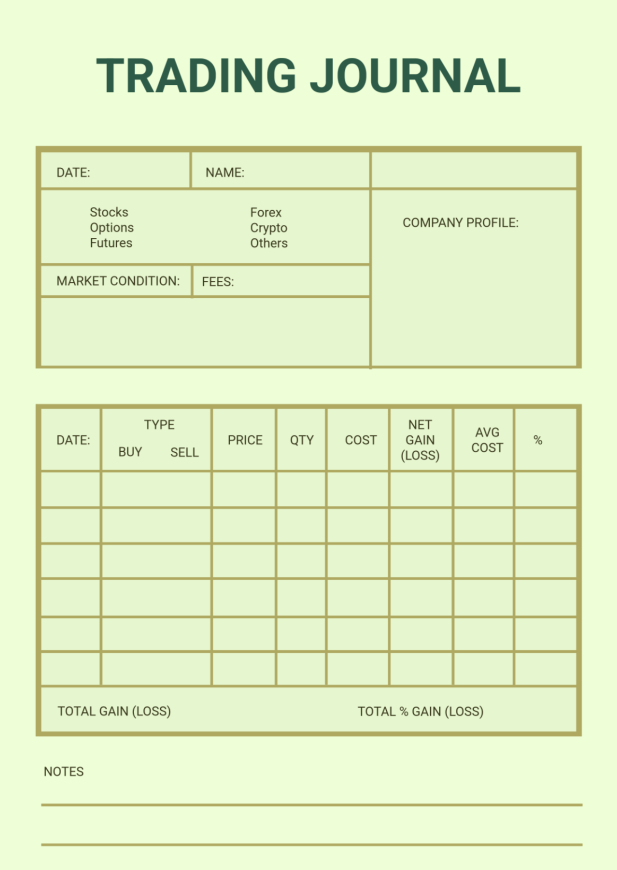
Trading Journal
What it is:
- A Forex trading journal is a systematic record-keeping tool that allows traders to document their trades, strategies, and results.
- It helps traders track their progress over time, allowing them to see how they are doing and identify areas for improvement.
- Journals can be in various formats, from handwritten notebooks to digital spreadsheets or dedicated trading journal software.
Why it's important:
- Tracking Performance: By recording trades, traders can analyze their performance and identify patterns in their trading behavior.
- Learning from Mistakes: Journals provide a way to review both successful and unsuccessful trades, helping traders learn from past mistakes and refine their strategies.
- Improved Discipline: Keeping a journal can help traders stay disciplined and accountable by recording their trades and emotions, allowing them to see how emotions might be influencing their decisions.
- Self-Reflection: Journals encourage self-reflection and self-improvement by allowing traders to analyze their trading style, identify strengths and weaknesses, and make adjustments to their trading plan.
What to include:
- Date and time of trade entry and exit: This helps track the duration of each trade.
- Currency pair traded: Clearly identifies the asset being traded.
- Entry and exit prices: Provides specific information about the trade's performance.
- Reason for entering the trade: Explains the rationale behind the decision.
- Risk-reward ratio: Helps evaluate the potential profitability of the trade.
- Notes on market conditions: Contextualizes the trade within the broader market environment.
- Emotional state during the trade: Helps identify emotional biases that may be affecting decisions.
- Trade results: Provides a record of the profit or loss.
- Strategy used: Documents the specific trading strategy employed.
- Any unexpected events or changes during the trade: Highlights unforeseen circumstances that may have impacted the trade's outcome.
- Review and analysis after the trade: Reflects on the trade's performance and identifies areas for improvement.
A Forex trading journal is a detailed record of a trader's activities, including trades, strategies, and outcomes. It's a tool used to track performance, identify patterns, and learn from both successful and unsuccessful trades, ultimately helping traders improve their skills and trading approach.